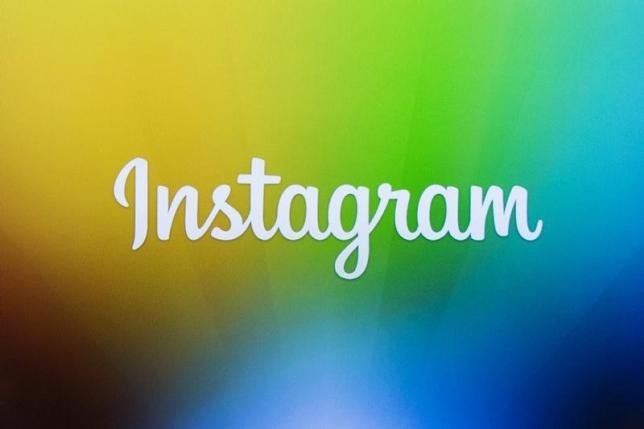Instagram, a popular image sharing service, made it easier Tuesday for its users to get information about the latest news stories, through an improved Search and Explore. The Facebook-owned company is challenging the market share of Twitter, using Trending Tags to provide real-time updates about hot topics.
The photo sharing company launched Instagram applications updates in the United States for smartphones and tablets powered by Android or Apple platforms, according to Hindustan Times. They feature Explore pages with trending topics and locations.
Instagram stated in a blog post that the updated Explore now features real-time trends about subjects and events that are local and international. It will be available on worldwide mobile devices after some tweaks.
Instagram users daily upload over 70 million photos. The picture sharing service noted that this makes it likely that they could include attention-getting events.
The previous Explore page listed posts based on things liked and users followed, according to The Economic Times. However, the new version shows Trending Tags.
Explore pages will now feature photo collections from "interesting" accounts, which will be updated twice weekly. They include those of fascinating musicians, extreme athletes, and places.
Meanwhile, Search's newest version includes a major upgrade, according to the company's blog post. Users can now conduct a Top Search, which performs a search of people, places, and tags.
Instagram's latest move follows Twitter's own upgrades. The social media giant now allows its users to share real-time updates about trending events or topics, by sharing pictures, videos, and comments.
Instagram's challenge of Twitter happens as the latter is in a transitional phase before its CEO Dick Costolo resigns on July 1. The social networking company is searching for a new chief executive who will boost revenue and growth.
Meanwhile, the Instagram-Twitter battle royale continues. In the blog post referring to its new mobile tools for real-time updates, Instagram seemed to take a jab at text-centered Twitter when it argued that visual content also includes people's actions and sights.



























